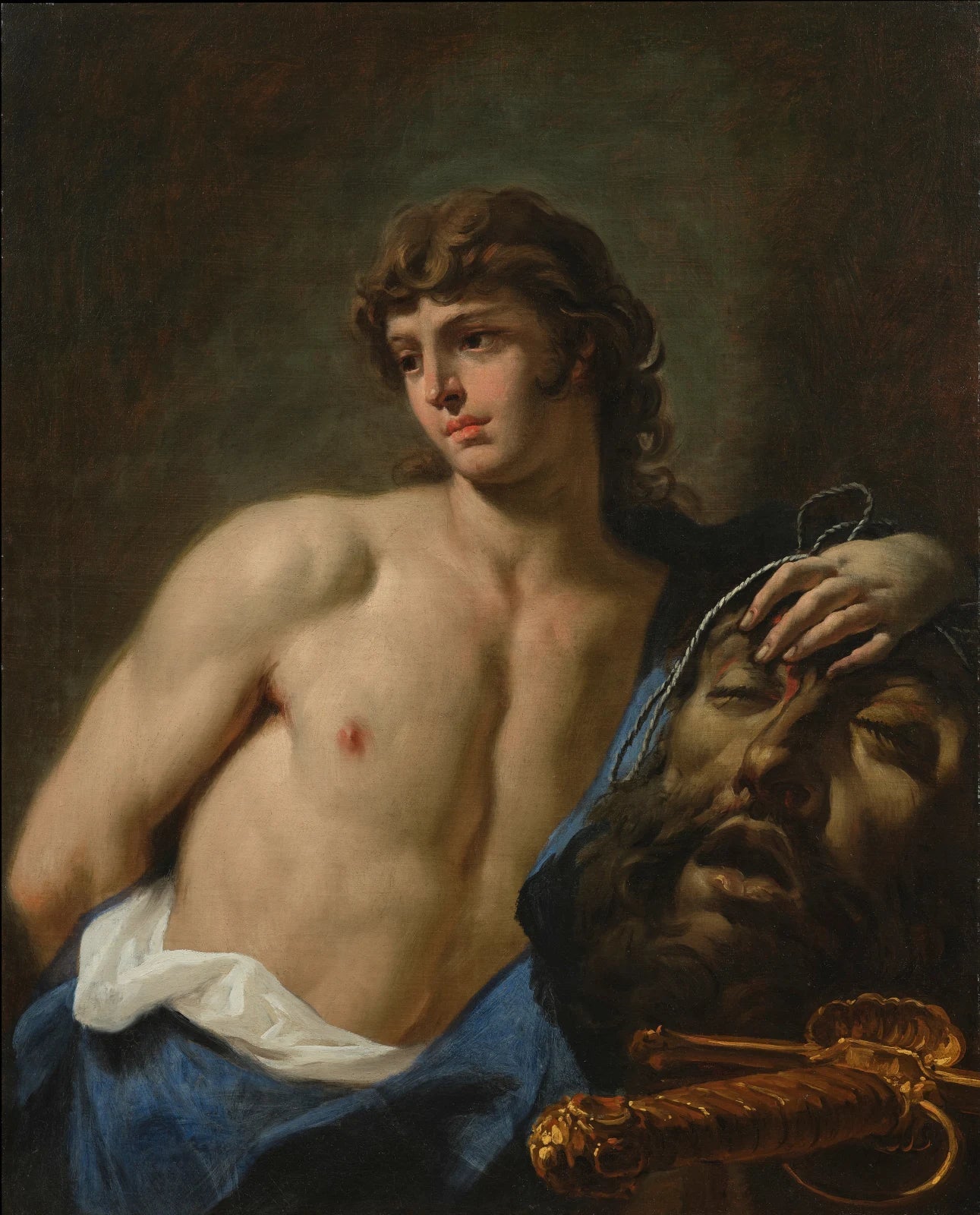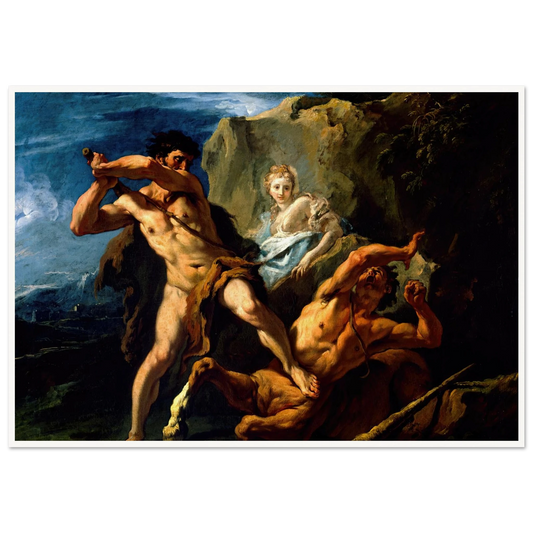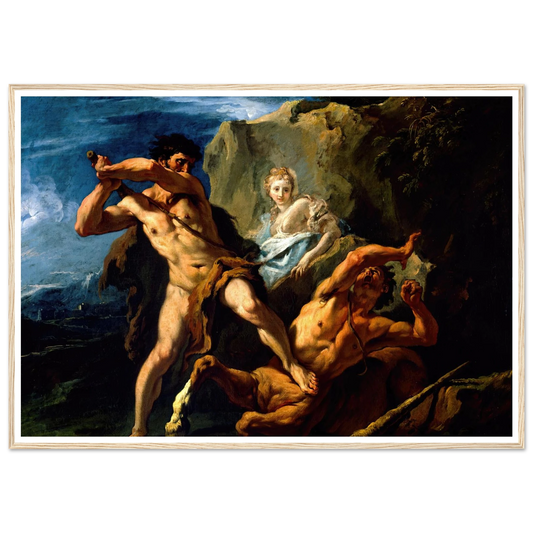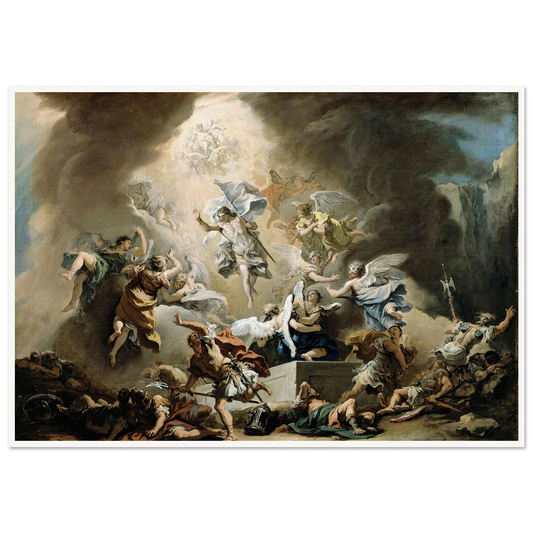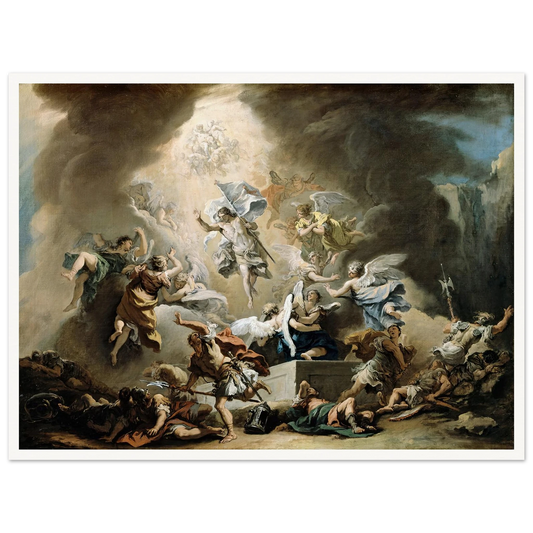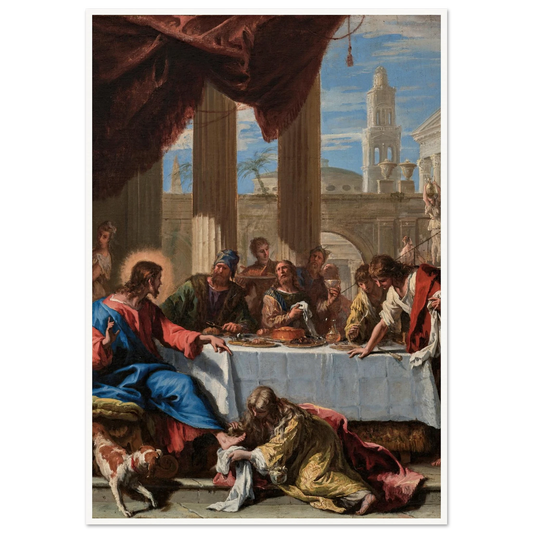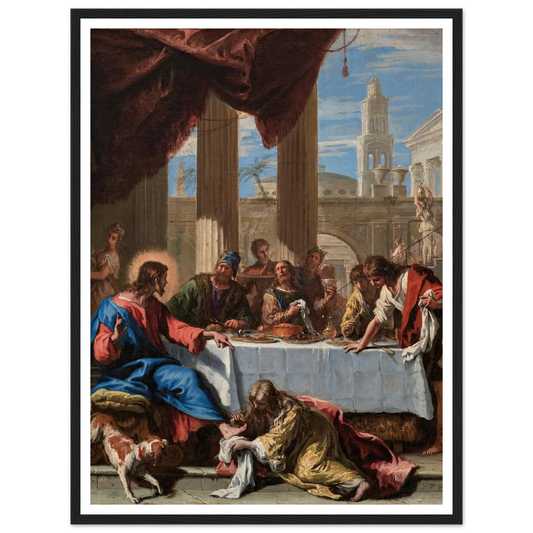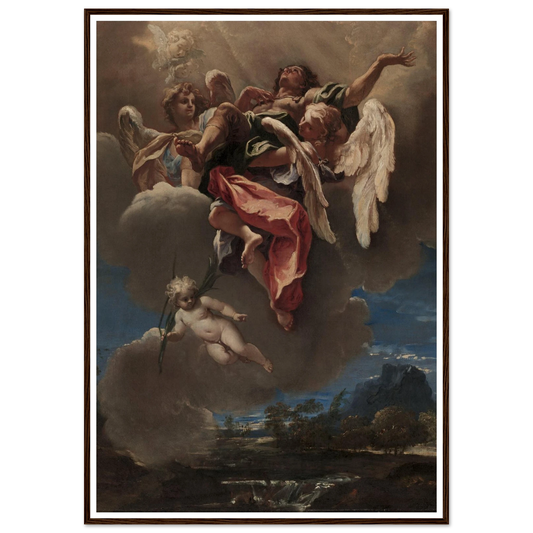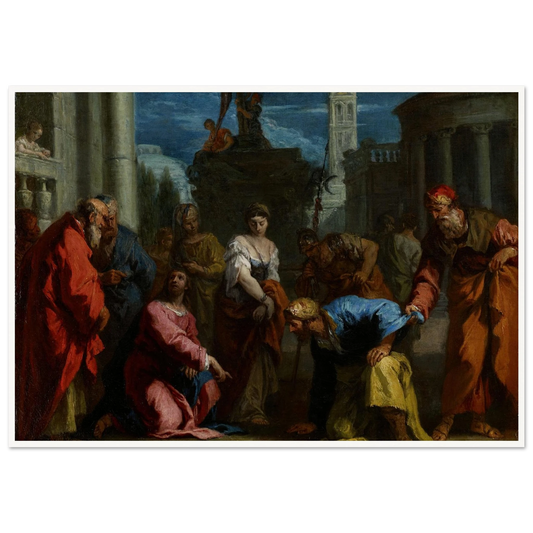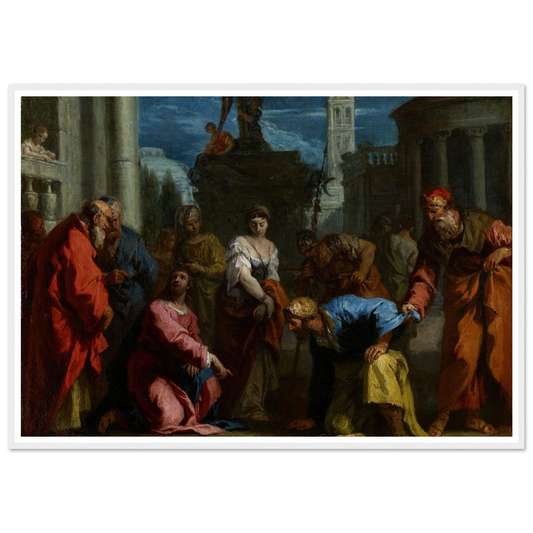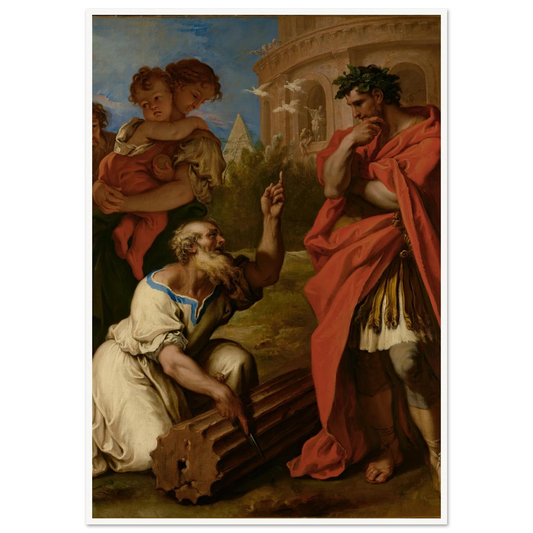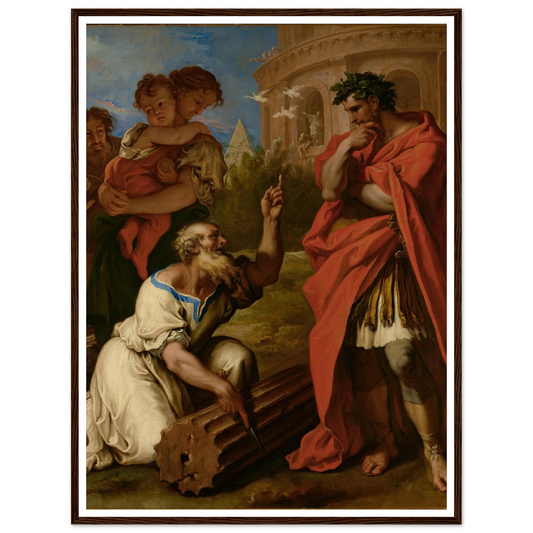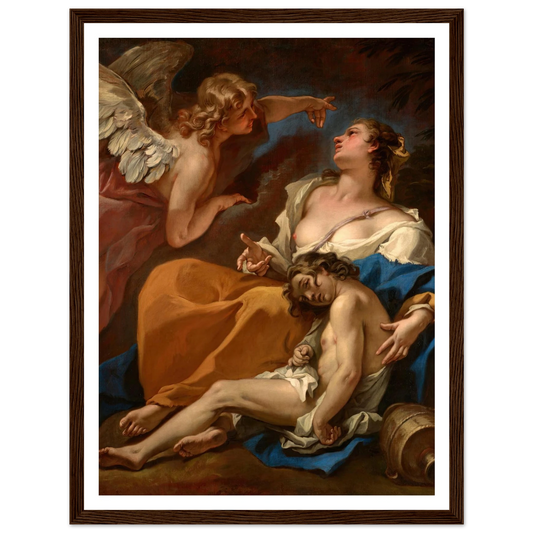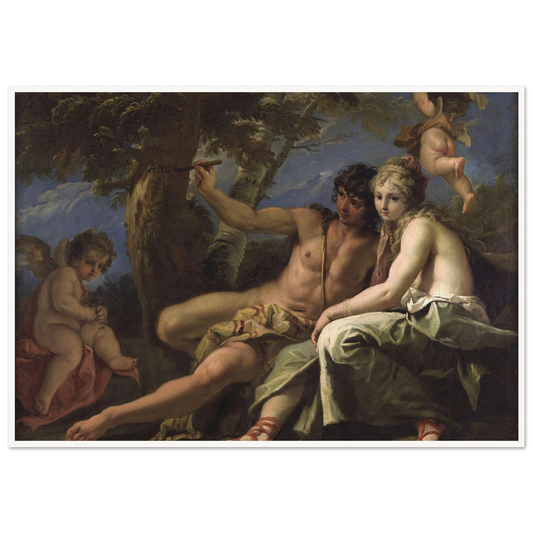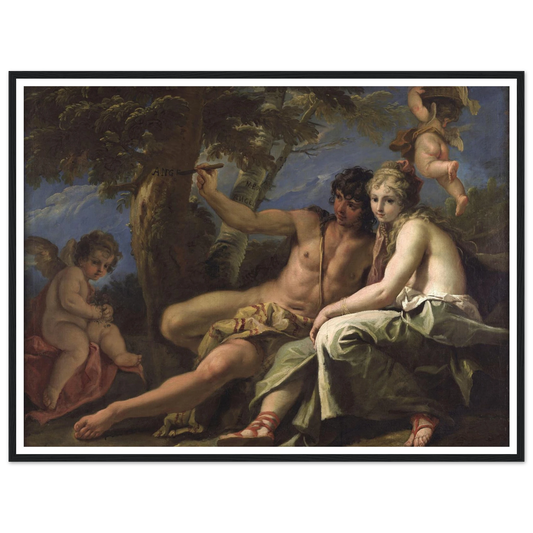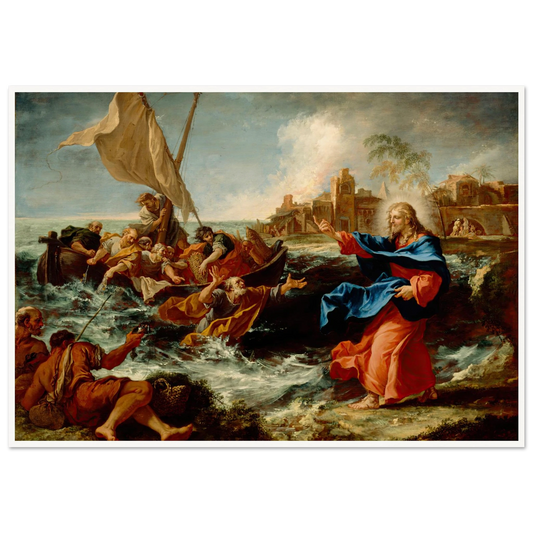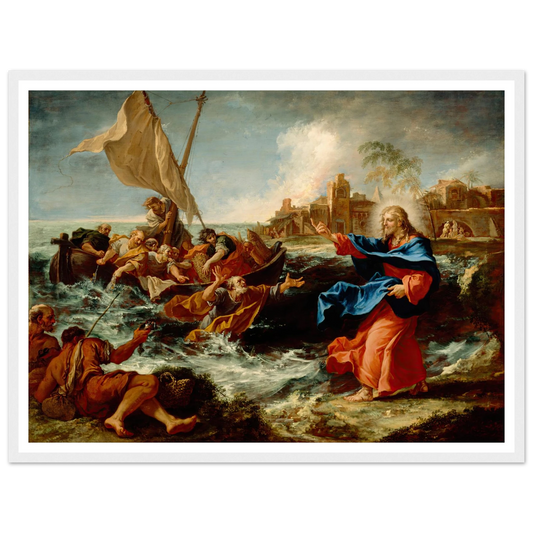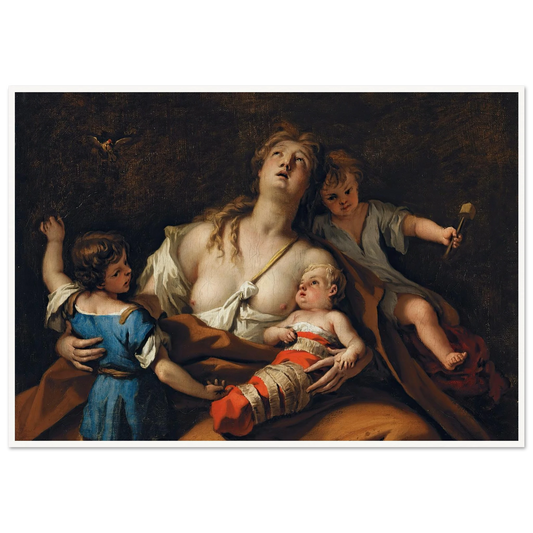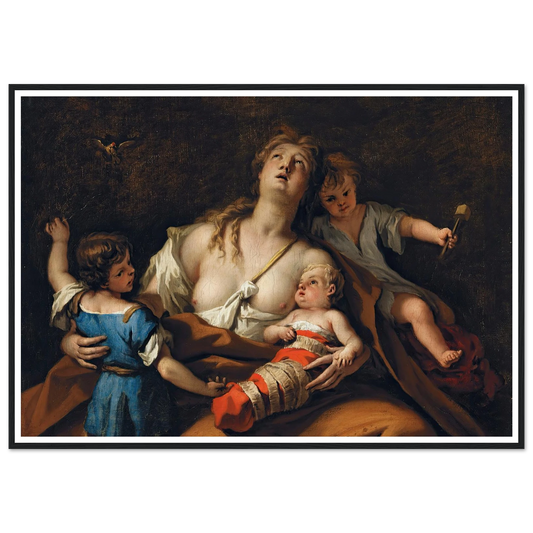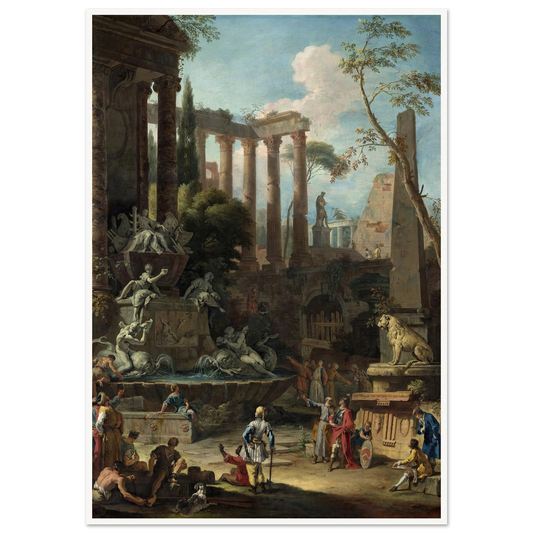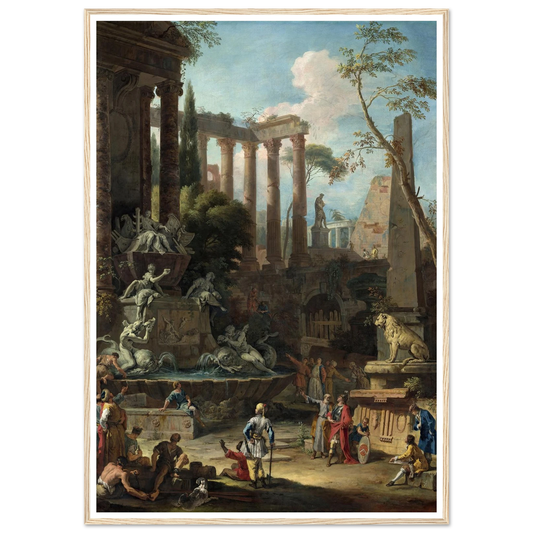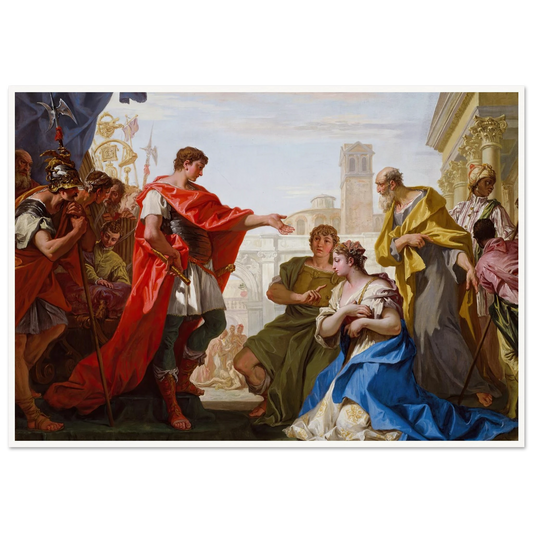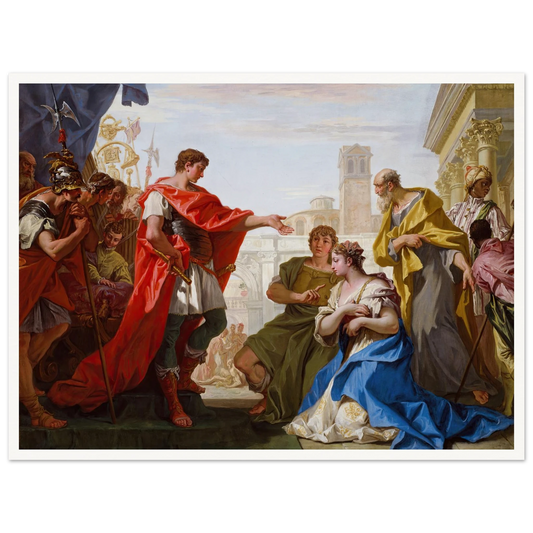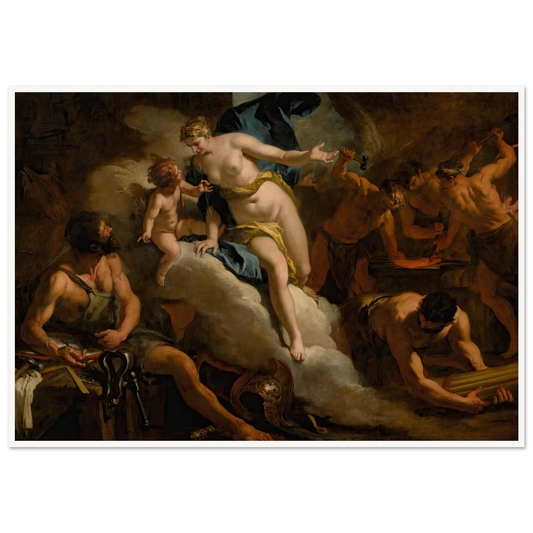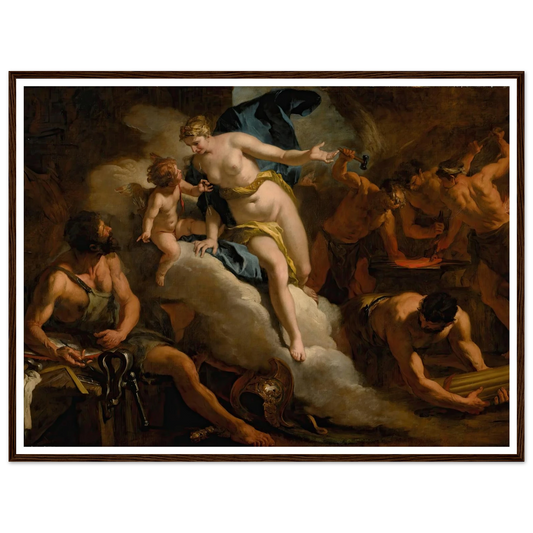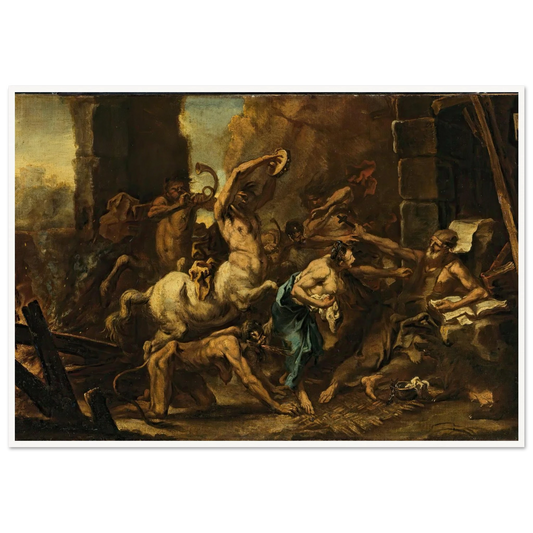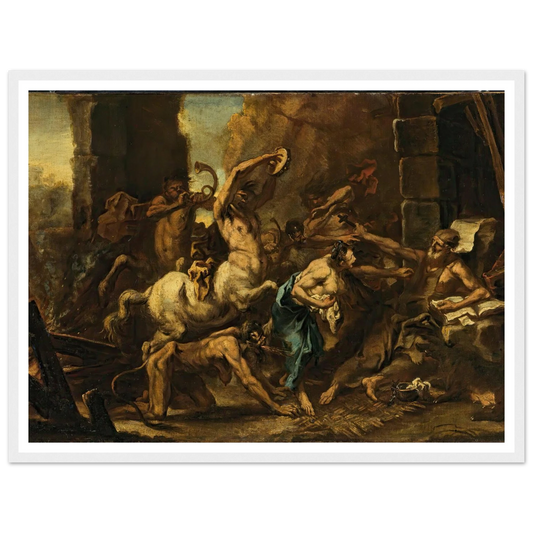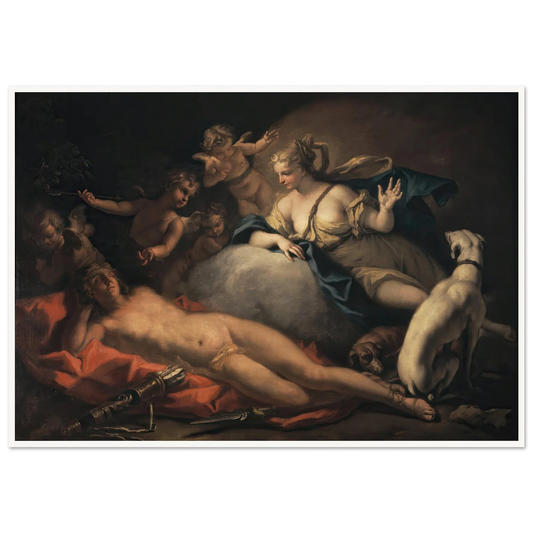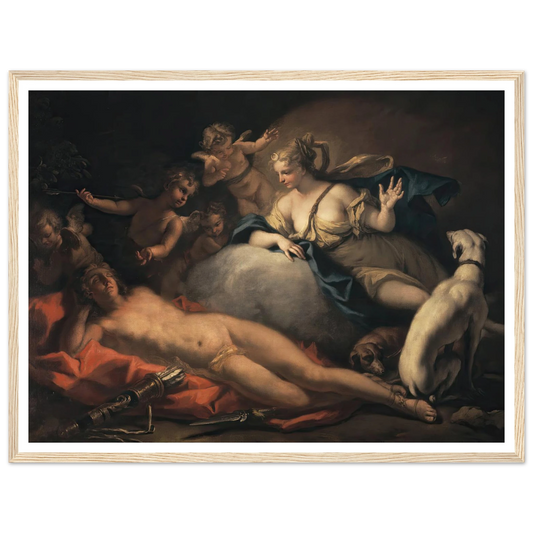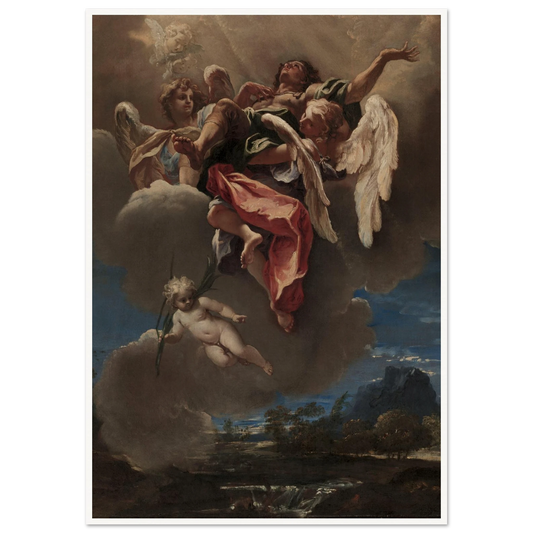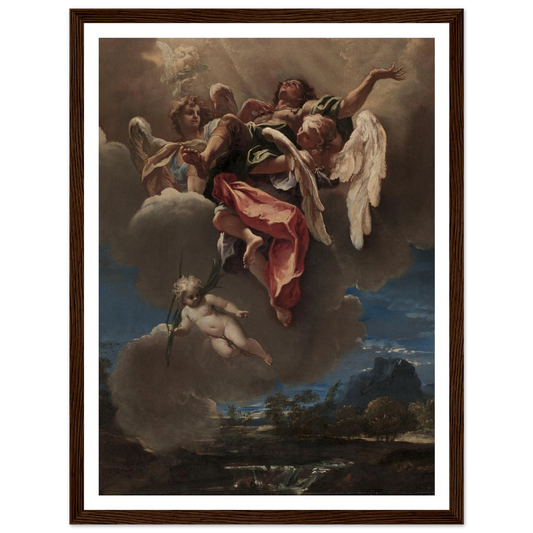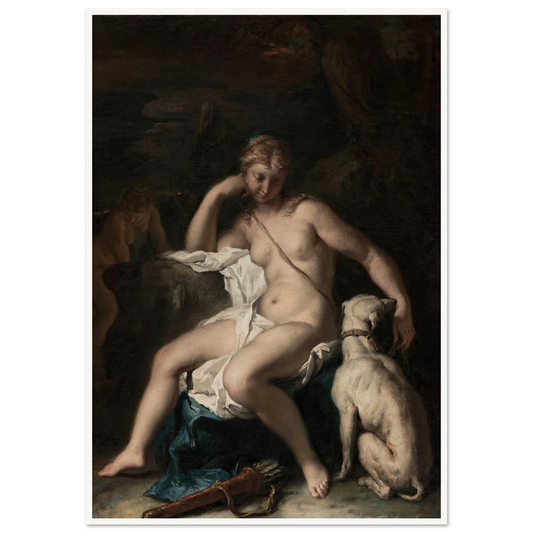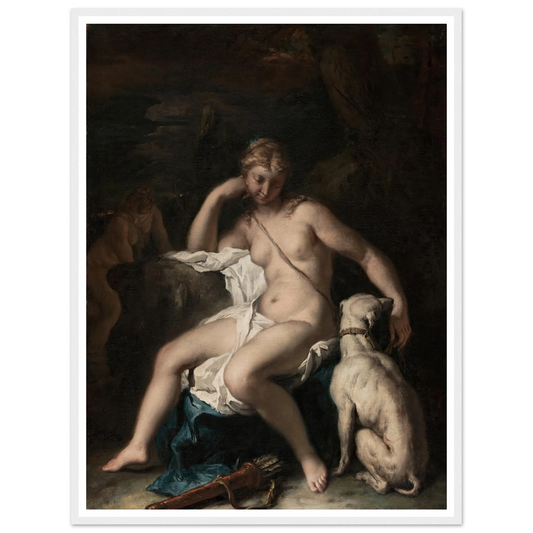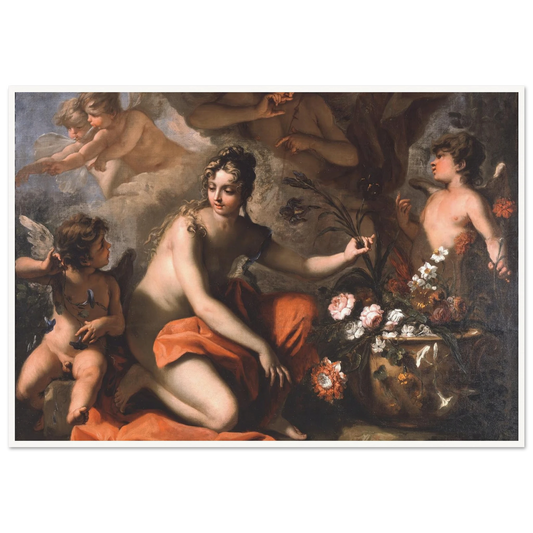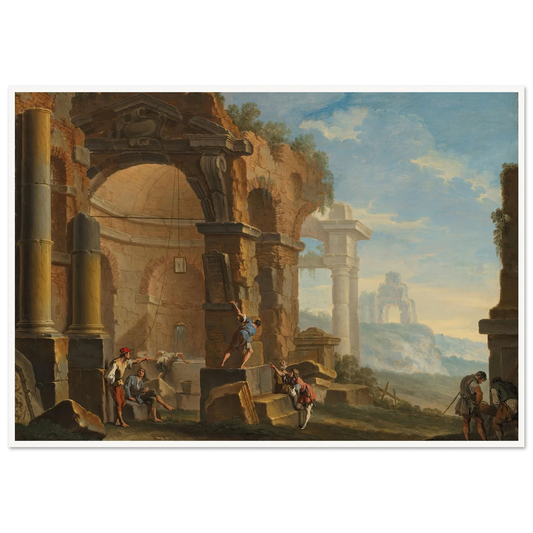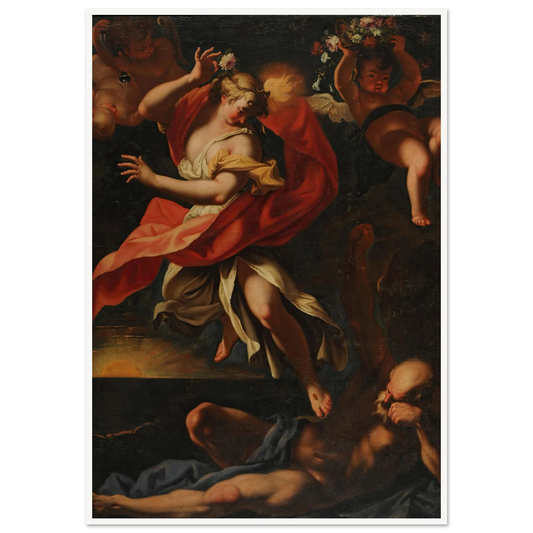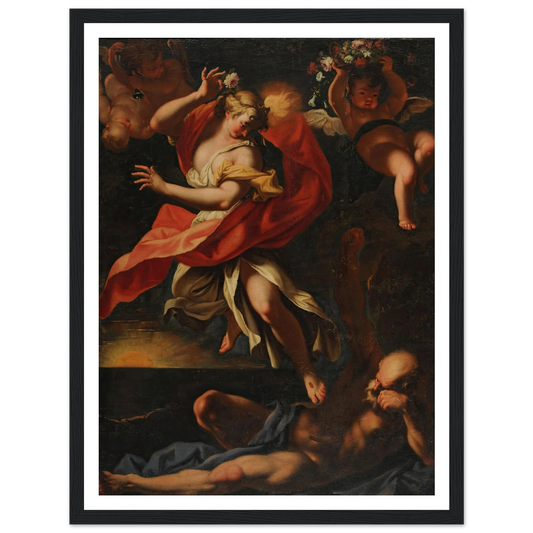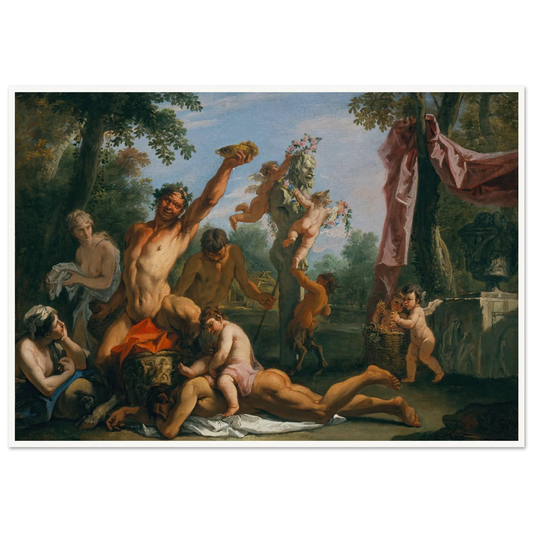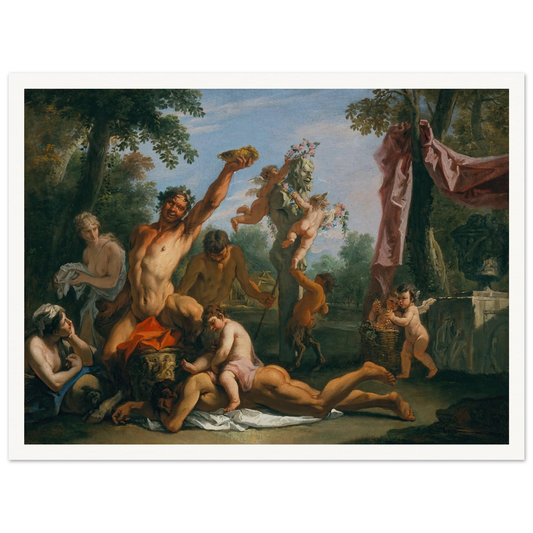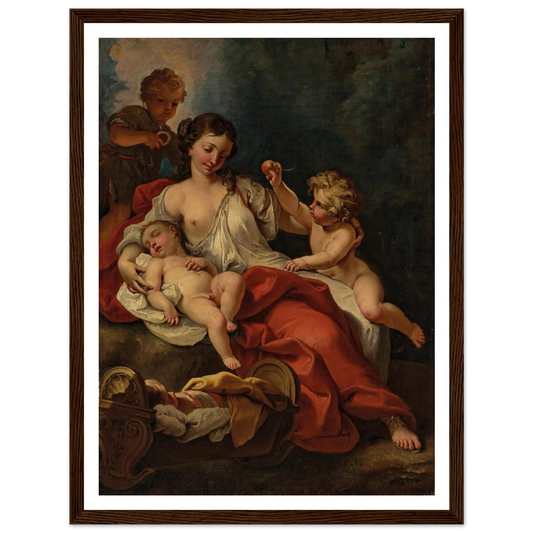Sebastiano Ricci was a distinguished Venetian painter of the late Baroque period, celebrated for his vibrant, luminous compositions and dynamic brushwork that helped pave the way for the rise of Rococo art in the 18th century. His works exude theatricality, elegance, and fluidity, reflecting the grandeur and movement characteristic of the Baroque while hinting at the lightness that would soon define a new artistic age.
Born in Belluno, Italy, Ricci began his artistic training in Venice and was heavily influenced by the great Venetian masters such as Titian, Veronese, and Tintoretto. His early years were marked by both promise and scandal—he faced legal troubles in his youth but managed to continue his career, eventually earning commissions across Italy, England, France, and Austria.
Ricci's reputation grew as he became known for his mythological, religious, and allegorical frescoes and paintings. He brought a fresh sense of color and movement to traditional themes, often depicting figures in swirling motion against vast architectural or natural backdrops. His decorative style was sought after by European courts and churches alike, and he worked for prestigious patrons including the Habsburgs and English nobility.
One of his most important contributions was blending the monumental grandeur of Italian Baroque with a more playful, graceful aesthetic that directly influenced painters like Giovanni Battista Tiepolo, who would become a master of the Rococo era.
Sebastiano Ricci’s work represents a crucial link in the evolution of European art, bridging the dramatic power of the Baroque with the lighthearted elegance of the 18th century. His legacy endures through his masterful compositions, which continue to dazzle viewers with their vitality, richness, and painterly brilliance.


